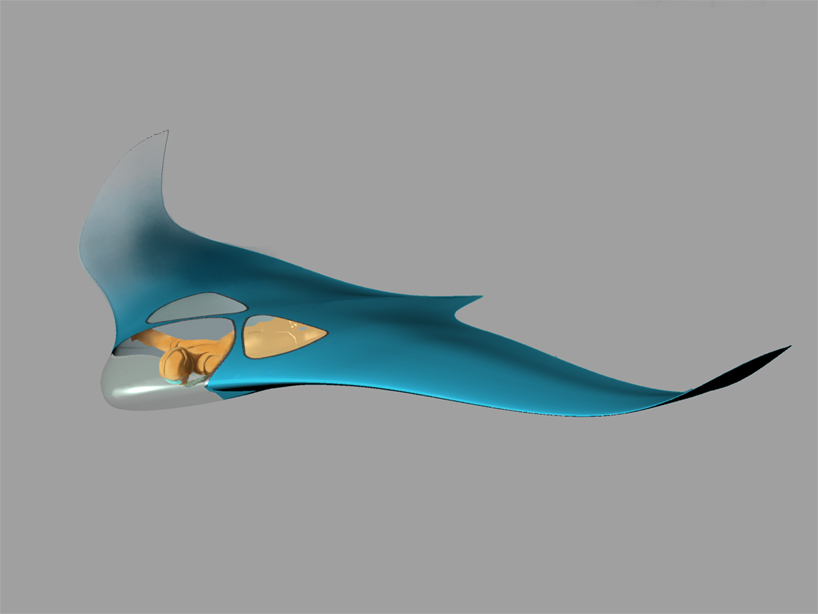
skyFall - aerobatic at the edge of space by val stavre from bulgaria
designer's own words:
The skyFall project is to define a new extreme sporting tool. The problem we confront is not only technical but also inspirational. Near space flights is going to become a tourist attraction. We have a little different view.
Surely, the presented design is highly influenced by Hörten gliders and particularly by elegant simplicity of Hö X "Alita". However, the idea to ride prone on minimalistic wingsuit-like glider dropped from balloon on the edge of space is originated eight years ago. A prominent local paraglide pilot has asked me to design and build a balloon able to ascent him to a record altitude. Few mount later, he died in an accident during routine flight. However, the ideas live their own hidden life. I have returning from time to time to upgrade the idea. Finally, the envisioned apparatus became supersonic remaining in same time small and relatively simple as Horten’s Alita was.
The sporting tools designs are guidelines for our project: Simplicity, Durability, Handiness…are key points in our approach.
Our solution is rather a design concept study then an accomplished project. Nevertheless, we have worked out a number of details and features of the skyFall glider.
The mission profile is an immanent part of our design concept. The flight profile is extreme extension of balloon drop flight. After ascent by a stratosphere balloon, (or any other way) it falls feely at zero angle of attack for minimum drag. Since maximum dynamic pressure is extended, an aerodynamic turn is performed at maximum G-force allowed. The turn is continue toward abrupt ascent parabola. The altitude attained in the top this parabola is strongly depends on aerodynamic quality i.e. lift-to-drag ratio. That is the reason behind our close attention on highly efficient aerodynamic design. A sequence of rising parabolas is possible. Actually, the potential for fancy aerobatic at the edge of space is endless.
The wing platform outline is shaped by contradictions and compromises dictated by aerodynamics, stability, and structural cost. Blended body/flying wing configuration improves the glide ratio and minimizes the drag at zero angle of attack.
The thin walled composite wing is stiffened by geodesic isogrid instead of usual framing. The isogrid is manufactured by robotic filament winding. The central section is made as single piece composite hull with a wide canopy glazing for ultimate surroundings submergence.
Double-wall cockpit is designed for extra safety in order to avoid use of the heavy, bulky pressure suit. Drogue chute for high altitude and ballistic chute for low altitude emergency descent are placed in the aft bay.
Riding prone is for low profile and ease acceleration force bearing. The double-stick control is more intuitive, and provides additional body support. The tactile feedback handle offers ultimate perception of aerodynamic forces by means of hydraulic link directly connected to control surfaces. It also incorporates trackball for electric trimmers’ control. GPS/micro-mechanic inertial navigation module is connected by local wireless. Software defined flying instruments are based on high end tablet also used for flight planner, data logger and video recorder.
low profile, wide view, 100% submersive experiance 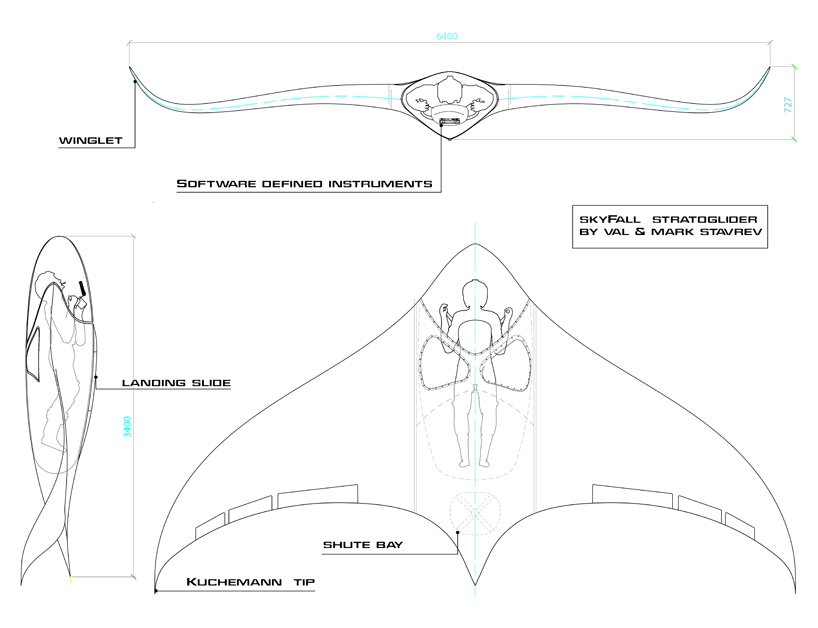
as small as hangglider but 10x faster and 3 x higher
https://vimeo.com/user7027608/videos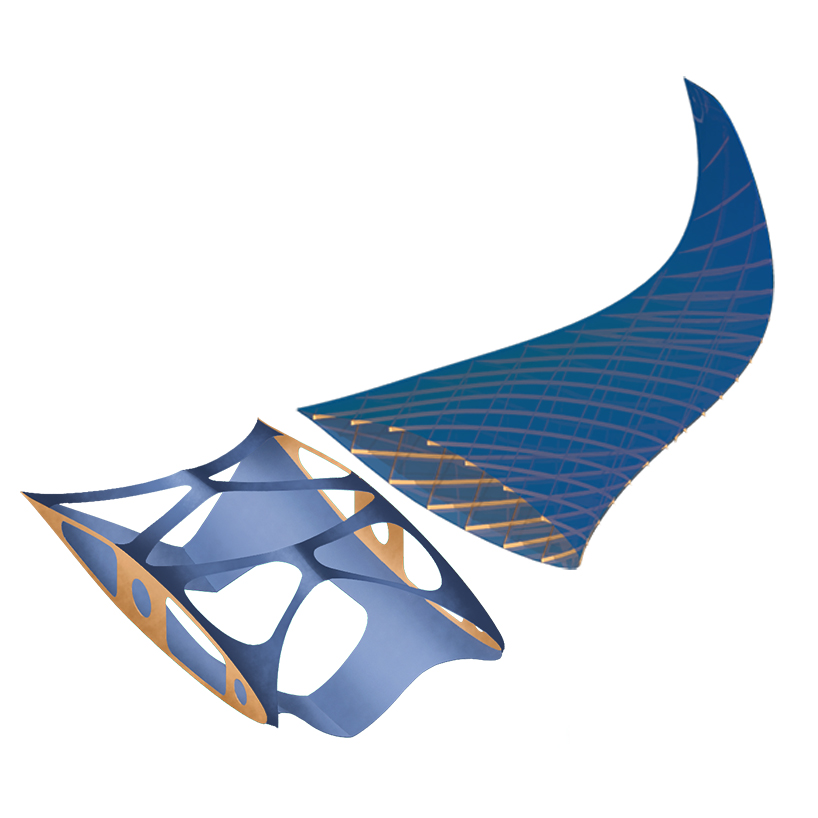
stiffened skin – isogrid braced box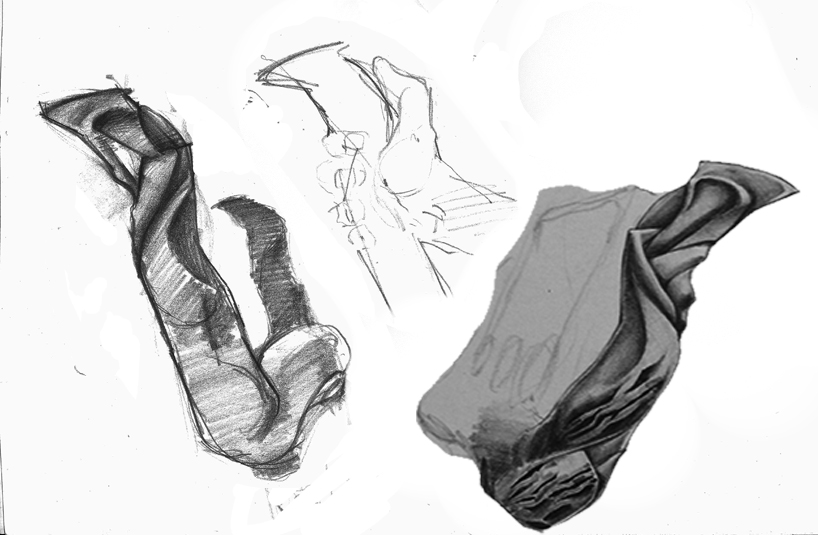
stick’s grips design study…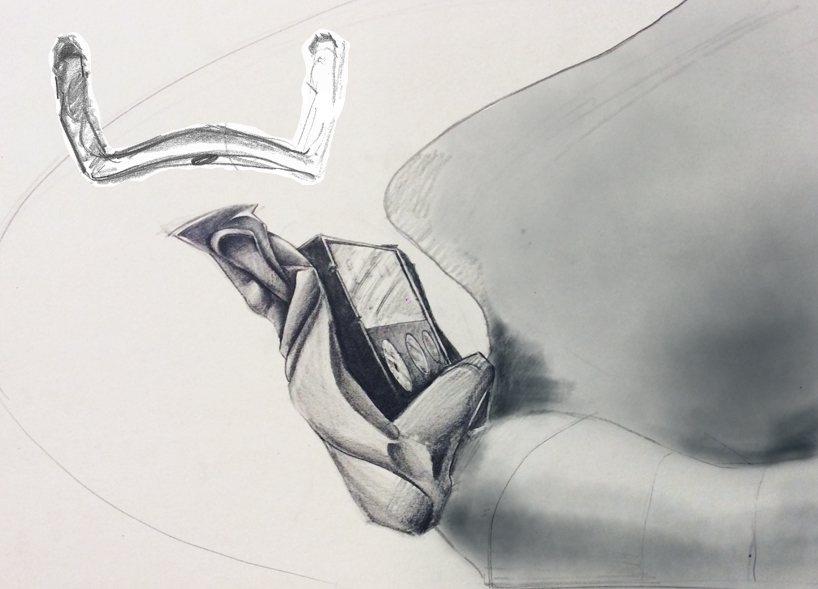
…a hybrid between plane stick, bike handlebar, and game joystick 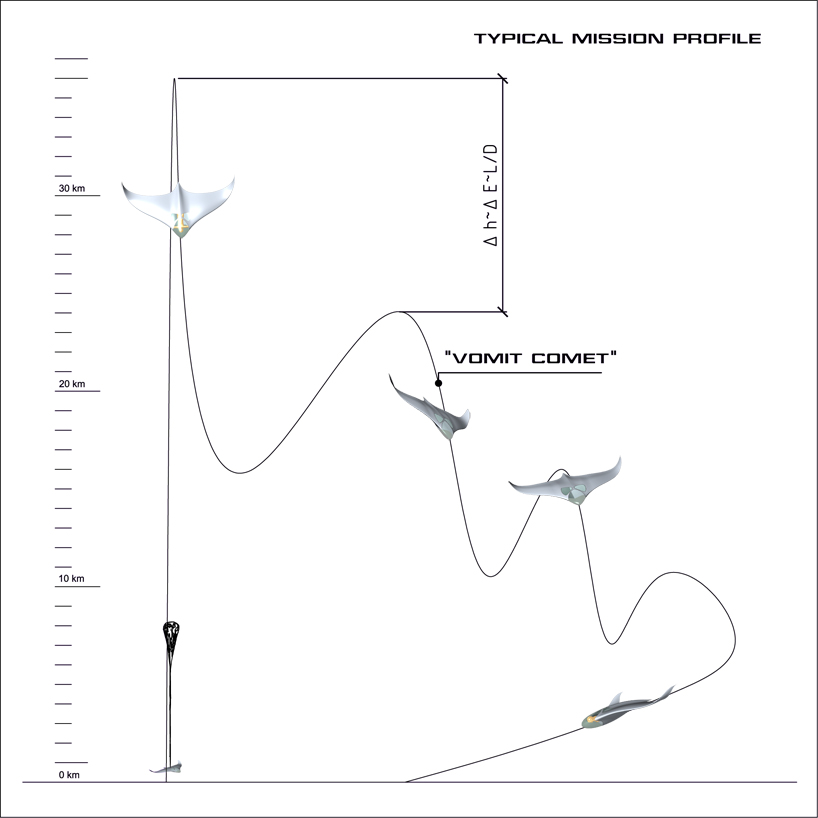
after rising to stratosphere a number of pull-up s and parabola will be performed